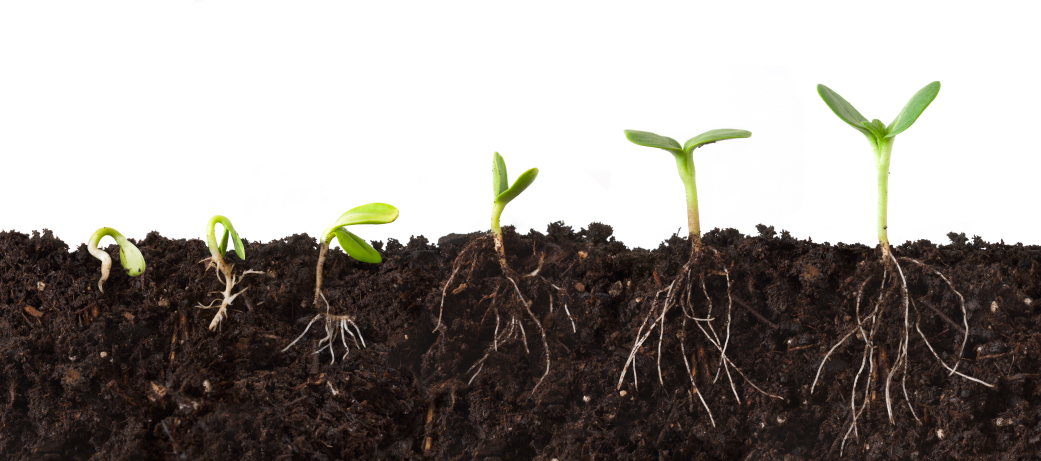What if the only way to save crops from climate change was taking the climate out of the equation entirely? Researchers in the Netherlands think that artificially lit, carefully irrigated "sunless farming" may have the power to reverse world hunger.
With the right crops and the right equipment, researchers think that a space as small as 1,075 feet — roughly a two-bedroom apartment — could feed up to 140,000 people. Indoor farming uses a fraction as much water, too — a little over a liter for a kilogram (2.2 pounds) of tomatoes, versus 16 gallons in an irrigated field.
Growing plants indoors, in climate- and light-controlled environments, seems like a crazy energy suck. But climate change is threatening crops, driving up commodity prices, and increasing already-dangerous food insecurity. Plus, if every home and market and restaurant in the city had an indoor farm just steps away, we'd increase local resilience and save a lot of energy transporting food around.



